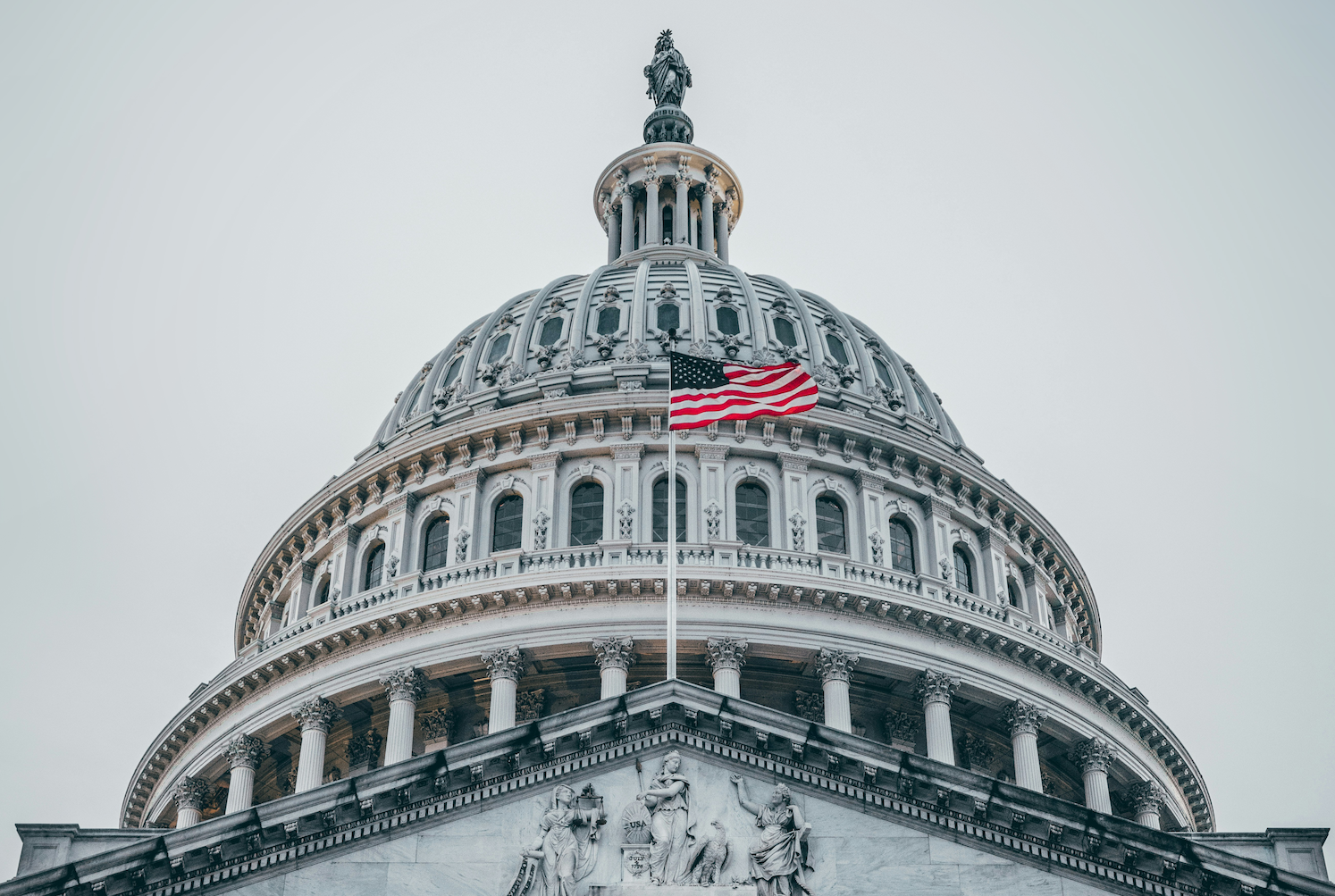2024 has been an important year for carbon removal, where the policies and investments of recent years have begun to bear fruit. As the field continues to grow, this blog takes stock of the major accomplishments of the year and the opportunities they present for shaping a sustainable and equitable future. Below, we highlight six defining achievements that illustrate the progress made this year and provide a look at what we hope to see in 2025.
Six milestones that defined the year
1. DOE advances DAC hubs program
The Department of Energy (DOE) took a major step forward in supporting direct air capture (DAC), with two key hubs project awards. Funding announcements for Project Cypress and the South Texas Hub mark a pivotal moment in federal efforts to scale DAC. This funding aims to tackle key challenges faced by developers, including securing capital, building infrastructure, and advancing commercial project development. These investments represent a significant step towards accelerating the deployment of DAC technologies.
2. Federal programs integrate community perspectives.
Federal agencies have increasingly recognized the importance of integrating community perspectives into carbon removal efforts. In June, DOE released an RFI that included its draft strategic goals for building community capacity and collaboration. As a part of these efforts to shore up community engagement, the Gulf South capacity-building strategy was designed to empower communities to actively shape carbon removal projects and policies. Additionally, DOE has allocated resources towards hosting regional events and dialogues in order to foster discussions and develop resources tailored to local communities.
The release of a summary of the first Community Benefits Plans (CBPs) for DAC hubs marks an important step in DOE’s effort to set a new standard for project success. By establishing these frameworks in the early stages of DAC hub projects, developers can ensure that community voices are included, promote transparency, and emphasize workforce development and harm mitigation. As complete CBPs are released, they will provide a clearer picture of how DAC projects can deliver meaningful benefits.
3. Lawmakers advance critical CDR priorities
Federal lawmakers made notable strides in advancing carbon removal through critical legislative vehicles. For the first time, the House Science, Space, and Technology Committee held a hearing on ocean carbon removal, addressing both its benefits and potential risks. Additionally, the bipartisan and bicameral PROVE It Act was introduced, directing DOE to assess the carbon intensity of industrial goods. The Carbon Dioxide Removal Leadership Act proposed a significant increase in DOE-led carbon removal purchases, with a focus on supporting communities transitioning away from fossil fuels.
While no final Farm Bill legislation was introduced this year, early drafts incorporated critical priorities, including a provision for a Soil Carbon Monitoring Network and a pilot program under the Conservation Reserve Program to support agroforestry. Appropriations efforts also reflected growing policy support, with a Carbon180 led “Dear Colleague” letter circulating in the House and Senate encouraging lawmakers to support carbon removal in the FY25 Agriculture appropriations bill.
4. The first government purchase of carbon removal
DOE launched a $35 million CDR purchase pilot prize, marking the first public purchasing program for CDR. This initiative aims to build and set standards for high-quality CDR, helping to de-risk investments and shape the industry’s future. While no purchases have been delivered yet, the selection of the semifinalists offers a glimpse into how DOE defines quality carbon removal. As the federal government steps into the role of CDR buyer, it sends a powerful signal to the private sector, setting benchmarks that can guide companies in their purchasing decisions.
5. USDA gets money out the door in support of climate mitigation
United States Department of Agriculture (USDA) began implementing funding from the Inflation Reduction Act to support climate-smart practices, including progress on the Soil Carbon Monitoring Network. This network, part of a $300 million funding package, is dedicated to measuring, monitoring, reporting, and verification (MMRV) at USDA and represents a significant step towards improved tracking of soil carbon sequestration.
While the establishment of a soil carbon monitoring network at USDA is important progress, its future remains uncertain due to the lack of statutory protections for MMRV work. Ensuring the continuity of these efforts will be crucial to maintaining momentum on advancing climate-smart agriculture.
6. The private sector continues to buy
This year, the private sector continued to drive demand for carbon removal, with corporate commitments from players such as Microsoft and Frontier. The voluntary carbon market continues to expand, but low-quality credits undermine trust. More sources of high-quality carbon removal are needed to meet the demand, and government procurement could help set higher standards and restore confidence in the private purchasing of carbon removal.
What do we need to be successful in 2025?
To build on the progress made in 2024, several focus areas will be essential for continuing progress. Delivering on these priorities will ensure that carbon removal not only scales effectively, but also creates equitable and meaningful benefits for communities and the climate.
A continued focus on environmental justice
Environmental justice is sometimes framed as an obstacle to progress when, in reality, it has been a driving force for creating stronger, more inclusive, and forward-thinking policies. Environmental justice must be the foundation for all carbon removal policies, and the perspectives of marginalized communities should always be centered.
Neutral and specific policies
Carbon removal will require both pathway-neutral tools, such as purchasing prizes and tax incentives, and pathway-specific support tailored to the unique needs of individual technologies and practices. Pathway-specific policies, like Class VI permitting for carbon storage or specific provisions for soil carbon and forestry, address the distinct challenges faced by different removal methods and ensure their viability. Carbon removal advocates must champion policies that foster innovation while also providing the targeted support needed to overcome technical, regulatory, and financial barriers.
Taking an expansive approach to MRV
We will need to go beyond just technical metrics to consider the broader climate and community benefits of carbon removal. This approach recognizes that effective MRV should capture not only what carbon removal can do for climate but also what it can do for communities.
A more intersectional climate movement
Carbon removal’s success is contingent on other aspects of climate infrastructure and policy, such as renewable energy access. Scaling up DAC and other CDR pathways will require advocates to engage with broader climate policy.
Now onto 2025
As we reflect on the progress made in 2024, there are many reasons to be a carbon removal optimist. This year marked a turning point for real-world implementation and provides a robust foundation for the work that will continue in 2025 and beyond.
Edited by Ana Little-Saña. Image by Matthias Zomer.

